
Siblings of children with autism face unique challenges and navigate a range of experiences that can have a profound impact on their lives. They may often grapple with conflicted feelings, as their sibling’s needs demand significant attention and resources from their parents. These children may also encounter difficulties in understanding their sibling’s behaviors and communication patterns, further leading to confusion and frustration.
Despite these challenges, many siblings of children diagnosed with ASD exhibit remarkable resilience, empathy, and compassion. Moreover, a study published in the Journal of Intellectual Disability Research also presented evidence that a considerable number of families of children with ASD displayed factors of resilience – reporting having become stronger as a result of disability in the family. Accordingly, siblings often develop a deeper understanding and acceptance of neurodiversity through their experiences, thus fostering strength and adaptability.
ASD & Sibling Support | Practical Tips and Helpful Resources
Whether you are a parent seeking guidance on how to support your neurotypical child and their sibling or a sibling yourself looking for understanding and guidance, this blog serves as a valuable resource.
So, let’s explore some practical tips and resources to help support siblings in their journey of living with and loving a brother or sister with autism spectrum disorder (ASD) –
Encourage Open Communication
Creating open lines of communication within your family is essential when it comes to meeting the needs of children with ASD as well as their siblings. It’s also important to establish a safe and non-judgmental space where your children can freely express their thoughts, concerns, and emotions regarding their siblings. Consider having regular family meetings or setting aside dedicated one-on-one conversations with each child. These intentional moments provide valuable opportunities for siblings to share their experiences, ask questions, and gain a deeper understanding of their brother or sister’s condition.
Empower and Educate
Parents, we cannot stress enough the importance of knowledge when it comes to developing empathy and understanding among siblings. Educating your children about autism and its nuanced aspects, using age-appropriate resources is a powerful tool in helping them grasp the unique experiences and challenges faced by their siblings. Look for books, videos, or online platforms specifically designed for children. These resources simplify complex concepts and provide accessible explanations of the neurological differences associated with autism. Through these materials and resources, you can help your child gain a deeper understanding of their sibling’s world and special needs.
Prioritize Involvement and Inclusion
Inclusion is absolutely vital when it comes to nurturing strong bonds and empowering children to play an active role in their sibling’s life. For example, you can involve your child in therapy sessions and activities related to their sibling’s care whenever appropriate. Through this, they can gain a deeper understanding of the strategies being implemented for their care, the difficulties their brother or sister may face on a daily basis, and how to support them throughout. Furthermore, it also equips them with valuable skills to support their sibling’s development and nurture a sense of involvement and compassion.
Offer Adequate Support
Caring for a child with autism can be physically and emotionally demanding or even exhausting for parents. Hence, we strongly advocate that siblings have adequate access to respite and support. Arrange regular breaks for siblings, allowing them to engage in activities they enjoy and recharge. You can also choose to seek assistance from family members, friends, or local support organizations in order to provide additional help and alleviate the caregiving responsibilities that may otherwise be placed on siblings.
Provide Emotional Support and Validation
Having a child on the autism spectrum can bring about a wide range of emotions for their siblings. So, make sure you encourage your children to express their feelings openly. Let them know that their emotions are valid and that you are there to listen and support them – take the time to truly understand their experiences and the challenges they face as siblings of a child with autism. You can also consider seeking out support groups or therapy sessions specifically designed for siblings of children on the autism spectrum. These platforms provide a valuable opportunity for forming deeper connections with others who share similar experiences and recognizing that they are not alone on this journey.
Recognize and Celebrate Individuality
When a child is diagnosed with autism, it often demands a substantial amount of their parents’ energy, time, and attention. Consequently, siblings may perceive themselves as being overlooked or neglected, which can give rise to negative emotions or feelings of resentment. Since each child deserves to be recognized and celebrated for their unique achievements and talents, make sure to actively encourage your children to pursue their own hobbies and passions, underlining that their individuality is valued and cherished. Besides, by fostering a balanced family dynamic, you can prevent feelings of neglect or overshadowing, letting each of your children shine and thrive in their own special way!
How Do I Help My Neuro Typically Developing Child and Their Sibling?
Having a child with autism can bring forth numerous opportunities for growth within the entire family. As a parent or caregiver, it’s essential to provide support and resources not only to the child on the autism spectrum but also to their siblings. Imagine the positive impact it can have when your children actually comprehend why their brother or sister may struggle so much with communication, social interactions, or sensory processing.
In essence, here’s how you can effectively help and support your neurotypically developing child with ASD as well as their siblings –
- Encourage Open Communication
- Empower and Educate
- Prioritize Involvement and Inclusion
- Offer Adequate Support
- Provide Emotional Support and Validation
- Recognize and Celebrate Individuality
In addition, these approaches can also open the door for empathy and a greater sense of compassion, while your children continue to become better equipped to support and connect with their siblings. But remember that patience and understanding are key!
Siblings may need time to adjust and may experience a mix of emotions along the way. Provide reassurance and create a safe environment where open communication is encouraged. Let them know that their participation and contribution are valued and that their love and support truly make a remarkable difference in their sibling’s life. Together, as a united family, you can create a loving and inclusive environment that benefits every member, including your child with autism as well as their siblings.
And if you require more assistance with supporting your child with ASD, our autism care experts and ABA therapists are here for you! Request a free consultation with us and get started on your little one’s ASD care journey right away.









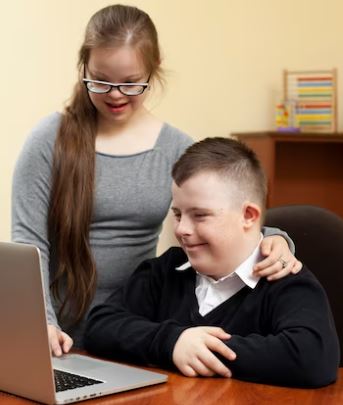











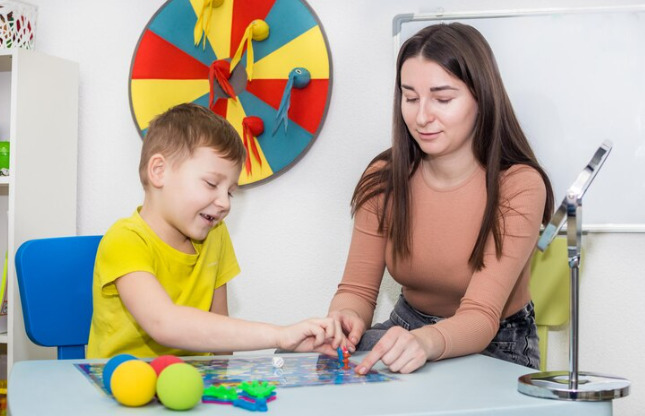

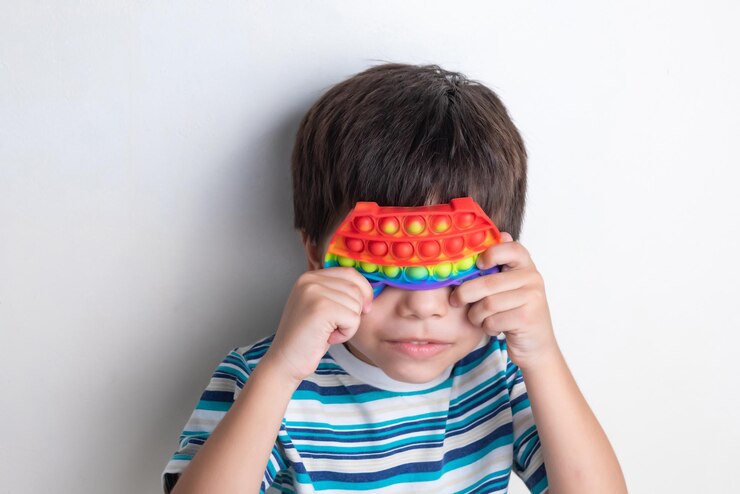

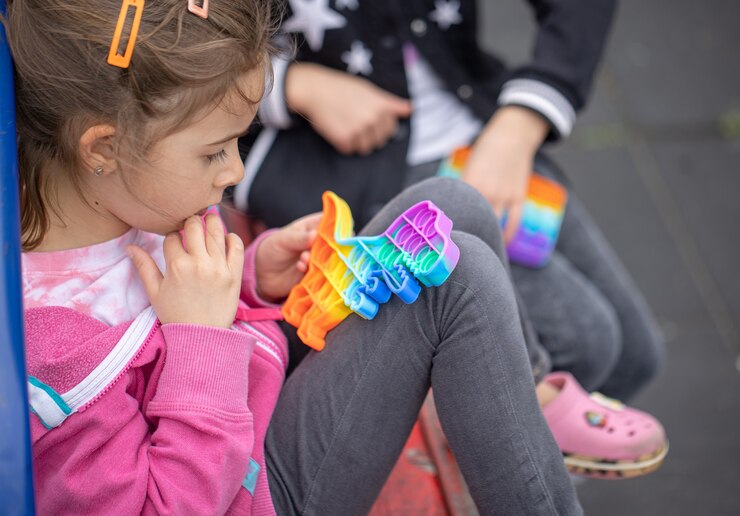

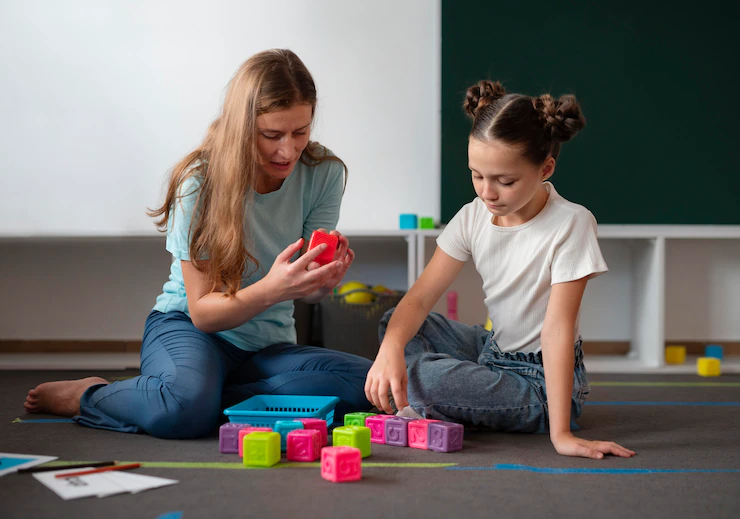

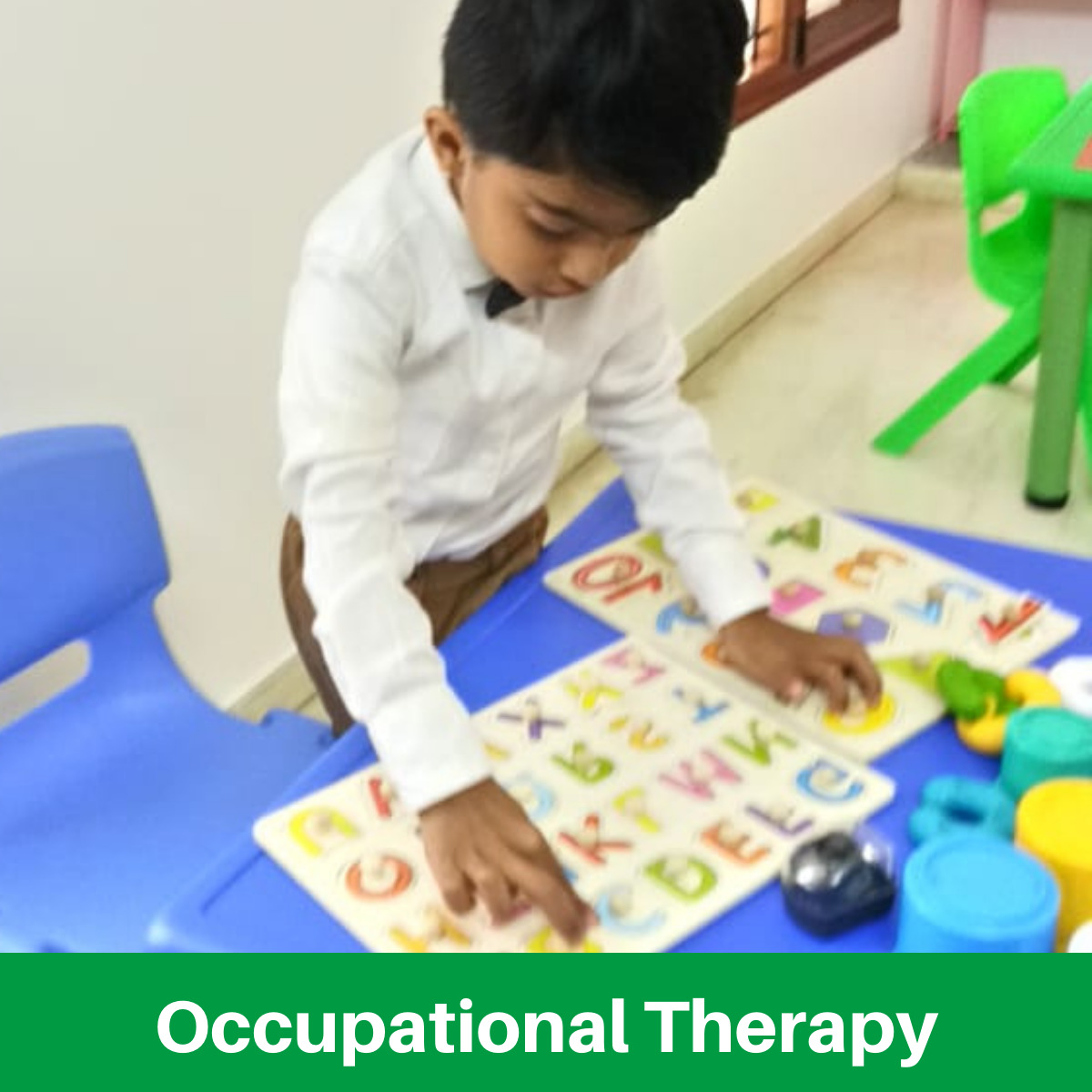
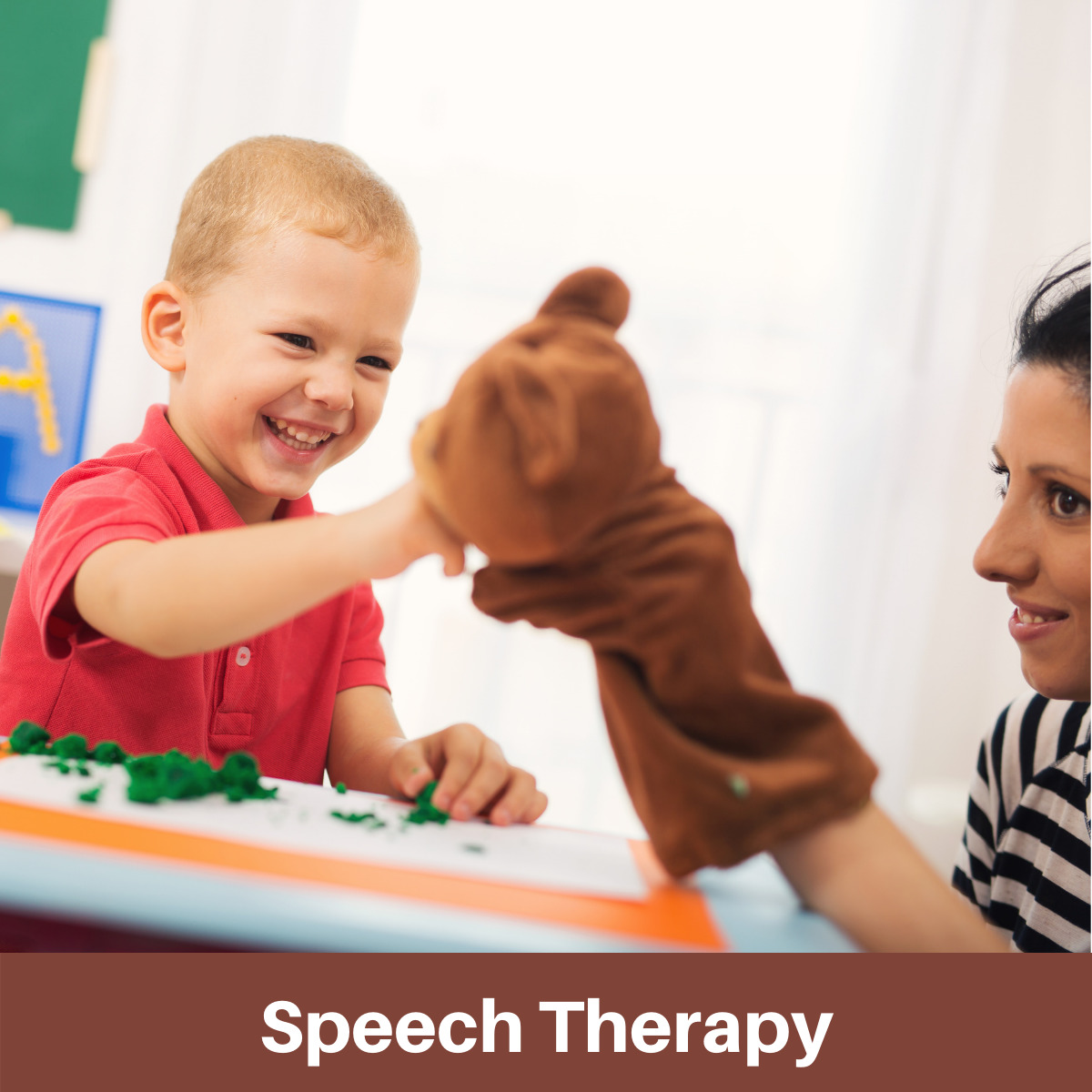




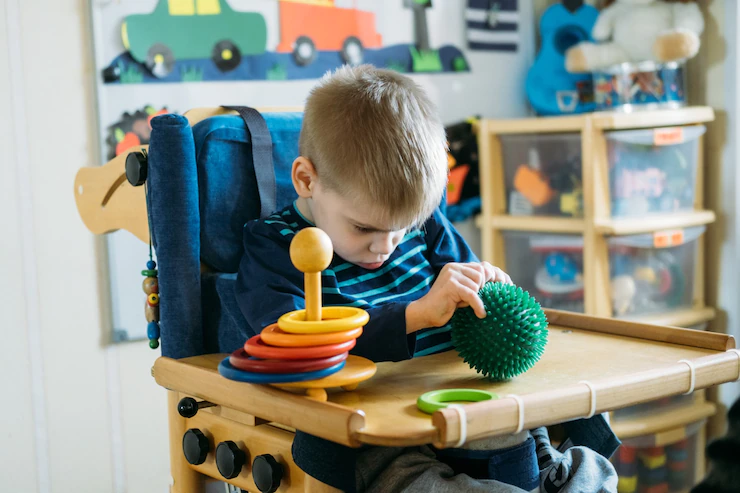


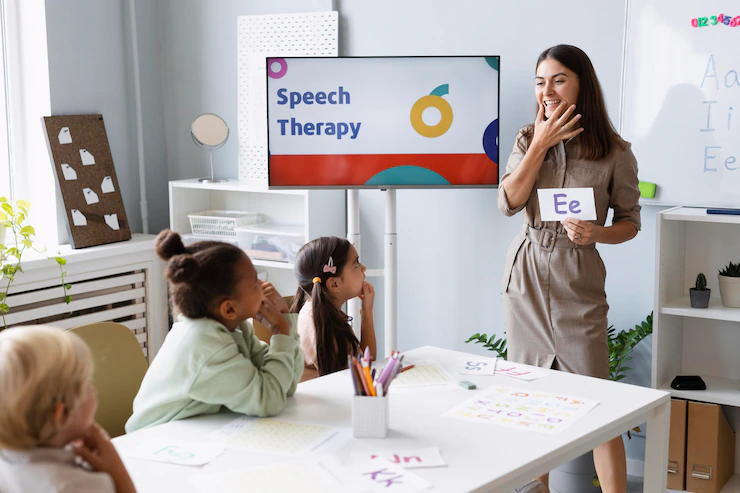
Recent Comments